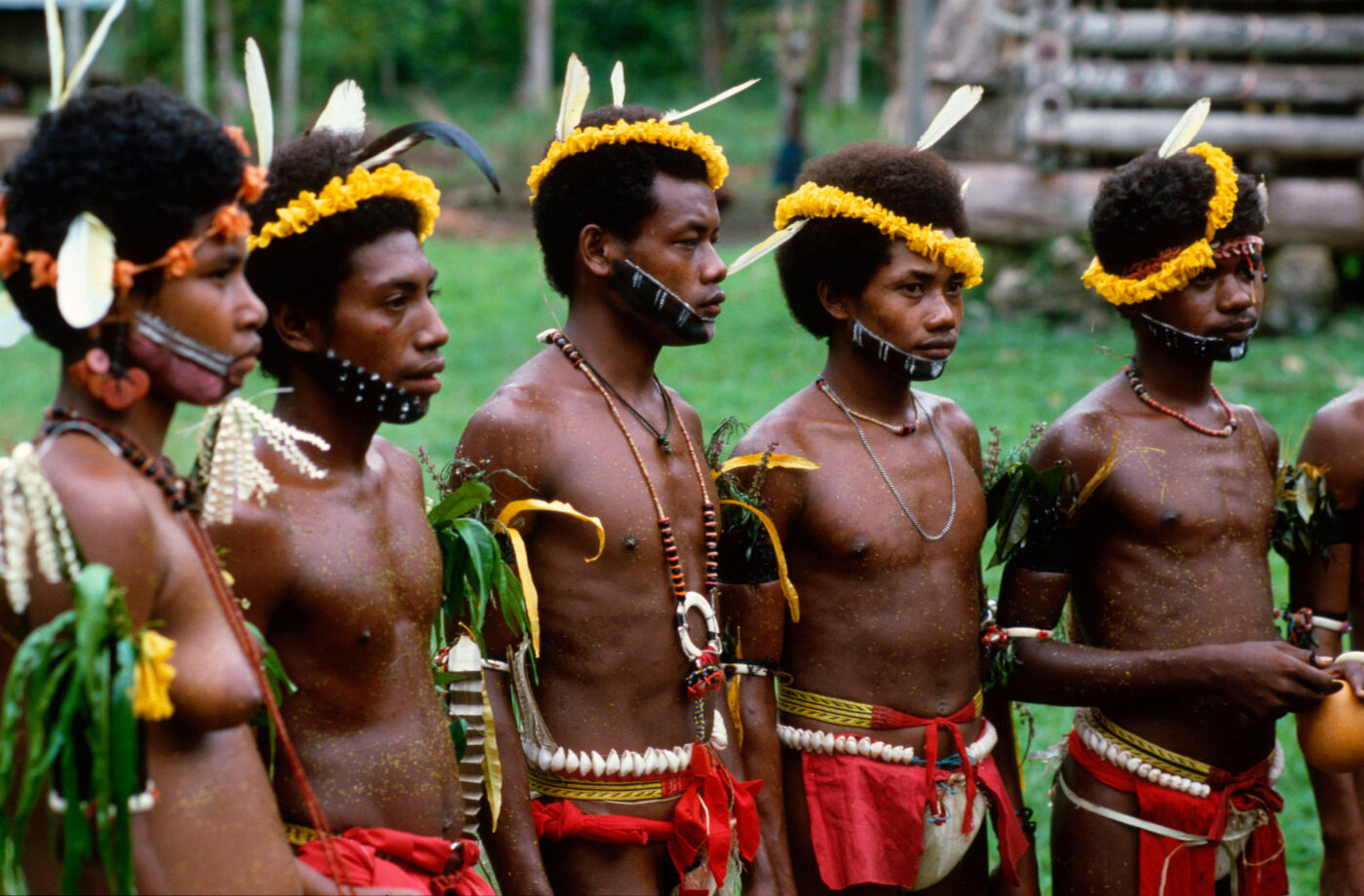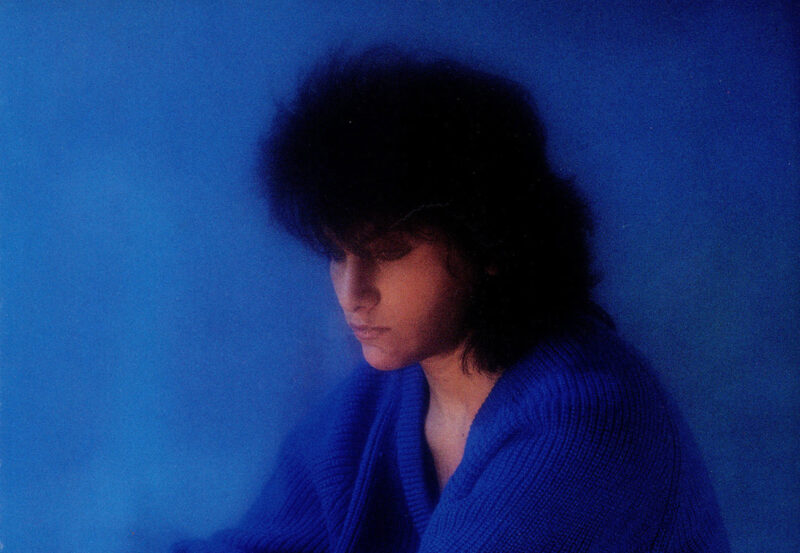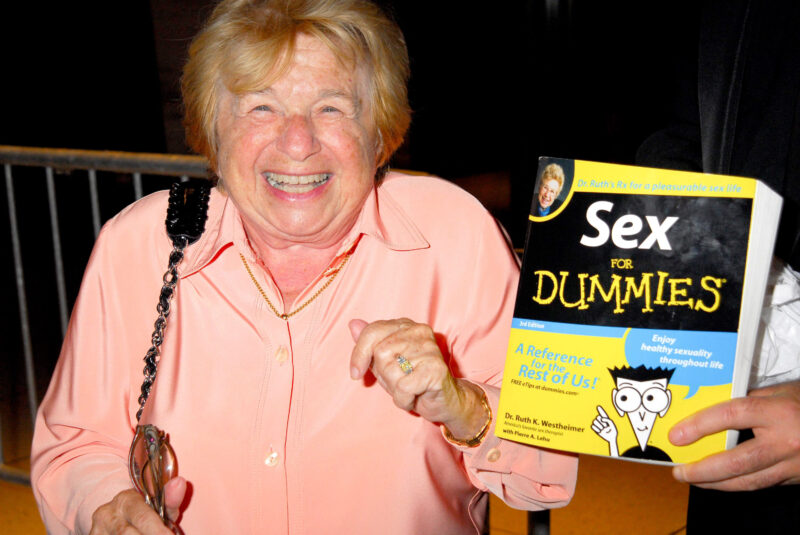Talking. Eating. Dancing. Fu…..These universal human acts, taken together, create the culture you belong to. And culture, for all its beauty, can dictate how you do things. Especially sex! From our first time to our last, intercourse –so intimate, spontaneous and sacred– can be controlled through quiet codes of conduct. These silent, unspoken rules are often imposed on us by our confidants, our families, our communities, even our country.
But in western society, who wrote the rules?
Patriarchy, suggests our seasoned trio of experts, who joined us from three distinct backgrounds to discuss sex and culture. “We have a long history of being a patriarchal society,” says Dr. Elisabeth Gordon, a New York born and bred sex therapist and founder of a private practice, Psychandsexmd. “In western tradition, post the industrial era or Victorian era, it’s hard to tell what was influencing what. But we really leaned in more heavily to the idea of this patriarchy to keep the women sexually pure.” And in America – and the world over– the epitome of purity is: virginity. Today no matter the color, culture or country, virginity is a prized status, especially among young girls and women.
“I think it’s a mammalian brain perspective,” says Swati Jagdish, India born and based influencer who specializes in sex education. “The mammalian brain is motivated by novelty. So, if something is new, if something is, you know, fresh, then I think that makes people more motivated to go towards it.” For all genders that taste for freshness can translate to intense pressure, but for women that pressure can mark the rest of their lives.
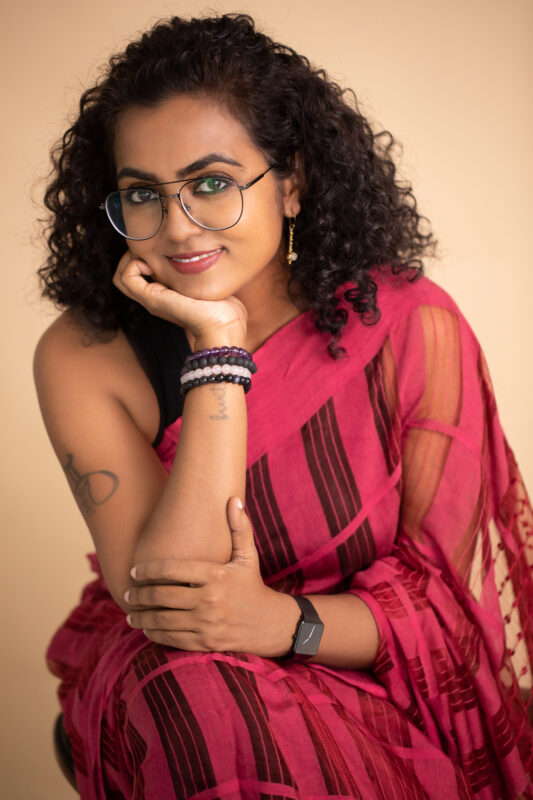
Swati Jagdish • Photo courtesy of Maya’s Amma.
“It’s certainly not about pleasure,” adds Cyndi Darnell, an Australian born American-based sex and relationship counselor. “It’s certainly not about our pleasure, it seems to be, about status. That a man can say, Well, my bride, my whatever she is, is a pure virgin.”
For Darnell, it goes even deeper. “It’s reduced to a moment of penetration,” says Darnell. “I think that this is, you know, that this is what it’s all about, and that that’s why there’s this collective social agreement that’s not spoken, but it’s felt that the minute a penis touches the lips of our vulvas. For us, everything changes.”
No wonder for many women in modern societies, virginity can feel like a burden to lose.
“Well it’s a word that carries a lot of meaning,” explains Dr. Gordon. “And we do have rituals here in the United States. They’re often like, I just want to get rid of my virginity. I just want to do it. I don’t want to be a virgin anymore.” This rush for Dr. Gordon is often influenced by how little we are taught in our youth about sex. “I think we have very poor sexual health education in this country. I do a lot of work advocating for sexual health education for children within health professions across the board, and I know for a fact that our sexual health education is pretty dismal, and not a lot of people are getting it. And so, without understanding what sex really is, there’s this idea that sex is what you see in pornography, or what you see in the movies.”
For Dr. Gordon, this leads to a disconnected view of what lovemaking looks like. “It’s okay, we’re going to get to it. It’s instant penetration, you know, kiss, kiss, penis and vagina, mutual orgasm. And that’s that.” Another misconception that persists may be the physical concept of virginity itself. “It is really a social construct. There is no actual thing set that is virginity. So, it is often used, particularly in the context of females, to mean first penetration, and is often considered to involve breaking the hymen,” she explains. “But that hymen as a physical barrier is complex and its penetration may or may have nothing to do with sex. The hymen itself is really just a vestigial piece of tissue. So, in males you have some separation of the tissue that, when they’re growing as a fetus, comes together with this separation line” [similar to a hymen, this protective membrane fuses the glans and foreskin of males when they’re young.] As females, when you bring all these tissues together, that piece of tissue just dissolves, so that you get one vaginal canal. And this hymen is really just vestigial tissue, and in some people, it’s there. For most females, the hymen is pretty torn and pretty much gone long before you get to intercourse. So, if you’ve ever ridden a bicycle or fallen on the monkey bars, or you’ve ridden a horse, or you have been really physically active, it’s probably gone already.”
For Darnell, it’s accelerated by the hyper-sexuality that simultaneously impacts virginity in western culture from Hollywood to the suburbs. “You know, girls have seen porn, they see, like, Instagram models being really hyper-sexual. The emphasis is, you know, on being hot in ways that it wasn’t when I was 12. I mean, it was, you wanted to be attractive back then, but, but now the emphasis is hotness, like, am I? Am I fuck worthy?”
There is something so isolating about this era of sexual health where we figure it out on our own.
But in other parts of the world, “your first time” can take a much more collaborative nature.
Like the Mangaia Islands. Here, young boys are trained to bring girls to pleasure. Young girls receive similar instructions and will often have three or four successive boyfriends beginning at age thirteen. Around the same age, in Kreung, Ratanakiri, Cambodia, young girls, starting at age thirteen, are ushered into Love Huts where they are encouraged to experiment sexually. These private structures are built with care by their fathers away from society to allow the freedom to explore. Similarly in Papua, New Guinea where the Trobrianders people thrive, encouraging sex among children is far from taboo. Instead, girls as young as six or eight are encouraged to have sex. While boys between the ages of 10 and 12 are also encouraged to begin their journey.
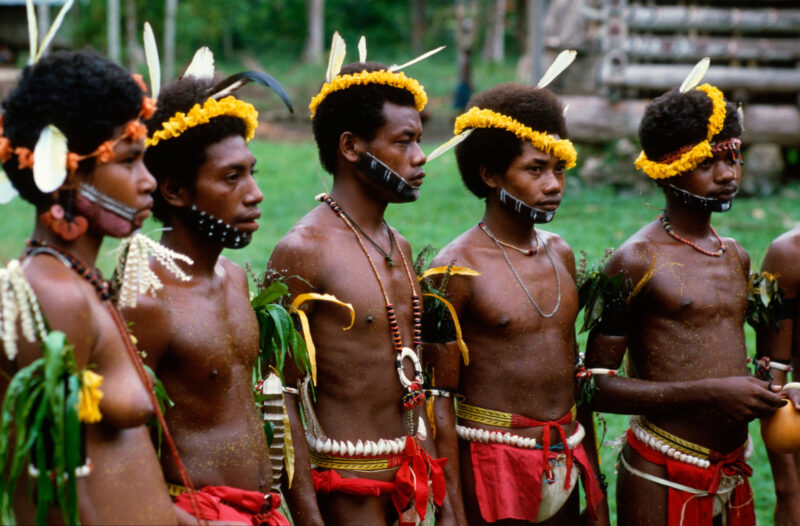
Trobrianders • Photo: Arco Images/Kiedrowski/Alamy.
In Chhattisgarh, India, for one night only girls and guys meet for a night of both traditional sex as well as experimentation specifically at age 18 for girls and 21 for boys. While in the Amazon, tribes practiced a unique coming-of-age ceremony for young girls, which involved engaging in sexual relationships with multiple partners. This ritual marked the transition from girlhood to womanhood and was seen as an essential step in a young woman’s life. “The spirit of experimentation, no matter where you are, is healthy,” says Dr. Gordon.
“To privilege penis and vagina intercourse, either as the main event, or the thing that you get to, really just is a disservice to the breadth and variety of human sexual behavior, and really does limit the amount of pleasure, because penis and vagina is not the most pleasurable activity for most female bodied people. Clitoral stimulation is. Penis and vagina do not necessarily guarantee pleasure.”
Long after virginity is lost, the knowledge that penis and vagina is not the only sex becomes even more useful and important –the foundation of the next chapter of the story: the lover. This “deflowered” woman has transitioned from being a virgin and is ready to take on a lifetime as a lover. But my wording gives Dr. Gordon pause. “When you use that word “deflowering,” you know it’s this idea that you’re removing the flowers. You’re not removing anything, you’re broadening the experience. You’re not taking away anything. Losing your virginity isn’t really about losing anything. It’s about broadening your experience. You’re passing through a rite of passage or an expansion of your experience, rather than losing something.” It’s true. The transition from virginity –no matter the experience, the country or the culture– can be a portal to pleasure. And the beginning of years, decades and a lifetime of its pursuit.
The conversation continues in Part Two of our series (August)

